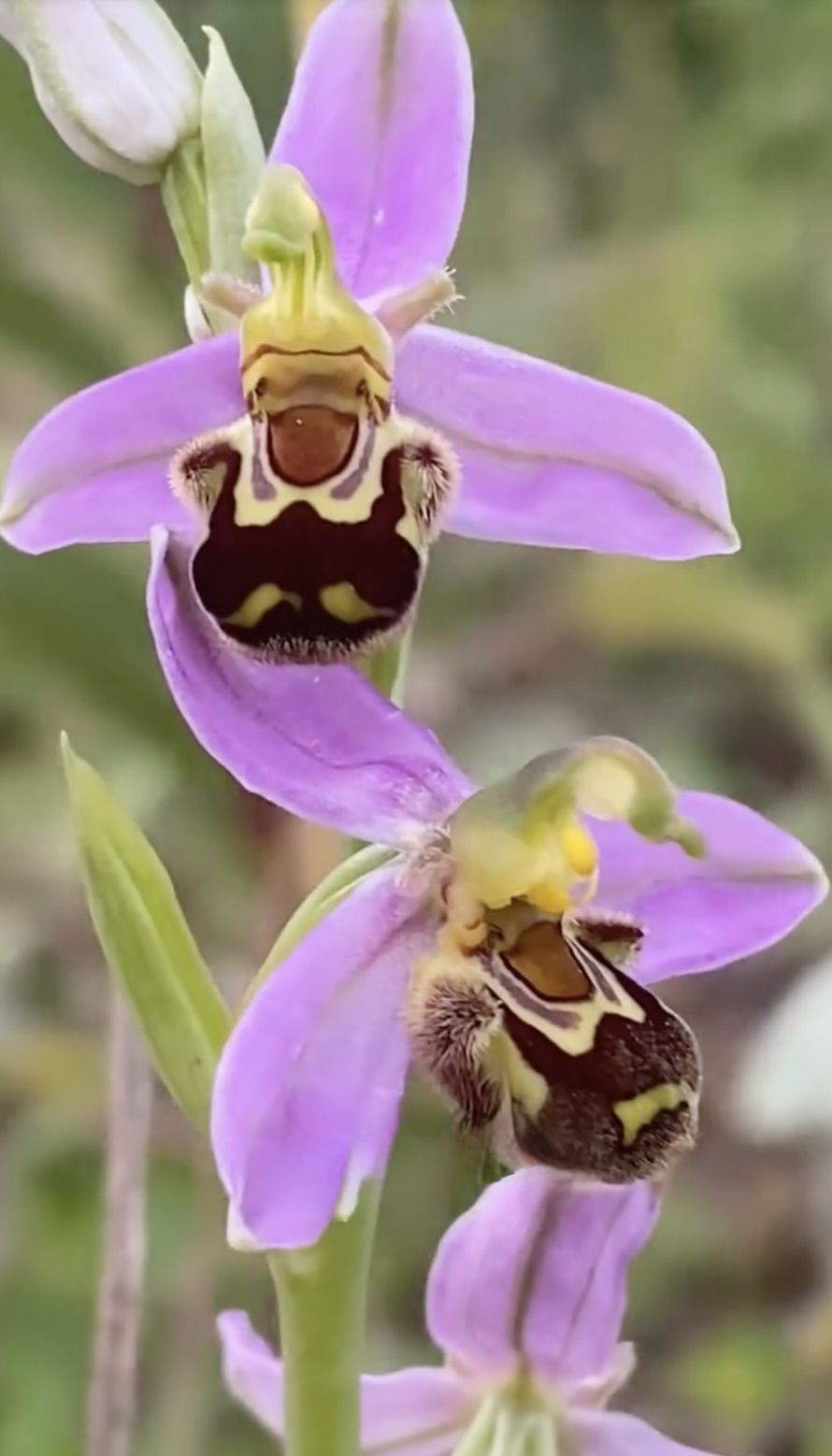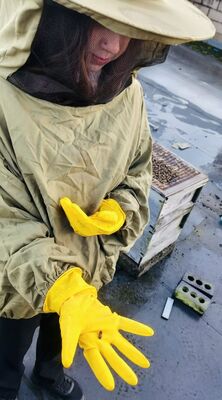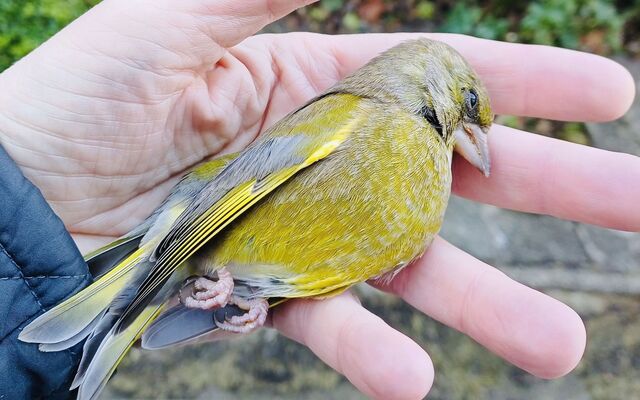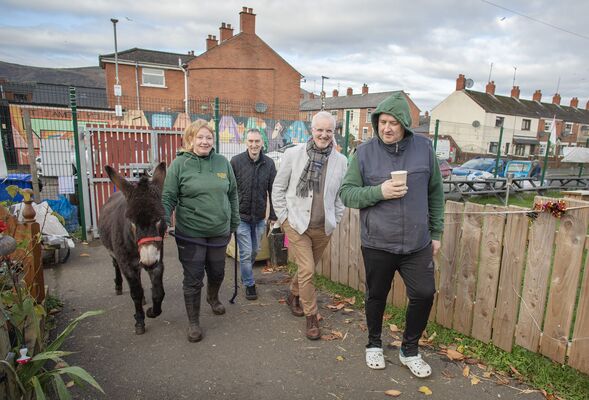THIS may well be one of the prettiest flowers you will ever see. But it’s not just pretty – it’s momentous. Because this flower could potentially change the lives of people in West Belfast for generations to come.
When Black Mountain champion Aaron Kelly phoned Dúlra to tell him he had found a bee orchid on Black Mountain, Dúlra was literally speechless. It’s the holy grail of plants – one Dúlra has never, ever seen in all his rambles.
And boy has he looked for it, because he knew they once existed in the fields and forests around West Belfast.
Years ago while leafing through a dusty wildlife book in the Linenhall Library, he found a reference to the plant growing in Colin Glen – it was discovered during an excursion by the Belfast Naturalists’ Field Club in the 1800s. Back then, plants were ‘collected’ – picked – and so these well-meaning naturalists hastened its demise. On every single trip to the countryside ever since, Dúlra always kept an eye for one out just in case. Maybe a single seed survived in a forgotten ditch. To see that astonishing flower would fulfil the dream of a lifetime.
For Dúlra, the bee orchid is to the plant world what the swift is to the bird world – the pinnacle of evolution. Its flowers mimic a female bee to attract males which will try to mate with it, hence pollinating it. These male bees are procreating all right, but not in the way they think!
But the bee orchid’s beauty has been its curse. People coveted it as soon as they set eyes on it and so what was always a rare plant became all but extinct. In Ireland it had another obstacle to overcome: the bee that it’s designed to attract only exists near the Mediterranean, but it managed to circumvent this by somehow becoming self-pollinating.
Its presence on Black Mountain could be a game-changer – the sort of godsend needed by nature lovers like Aaron, a Guardian of the Environment Aisling Award winner. The Belfast Hills have been under relentless pressure from our demands for housing, commercial development and ever-more efficient farming, but this discovery could stop everything in its tracks. Where the bee orchid grows, diggers don’t go.
Incredibly, Slievenacloy above Poleglass was also saved by a rare creature. Ulster Wildlife bought this forgotten hilltop a few decades ago because of a painting of the hill which featured the marsh fritillary butterfly. That was enough for them to make the investment and create a nature reserve – not even because of the presence of the butterfly, but the knowledge that it once existed there. And the painting proved to be accurate; now that the site is protected and preserved for wildlife, the mash fritillary has returned.
The bee orchid – magairlín na mbeach – is at the very top of our native protected species list. In fact it’s best to keep its exact location on Black Mountain secret in case it’s mobbed by visitors keen to see it and it’s inadvertently trampled on. Aaron didn’t even tell Dúlra where it was!
It only flowers in June and July – so Dúlra has less than a week to track it down for himself. In truth, it’s enough just to know it’s there.
Nature, when left alone, has an incredible ability to rebound after even centuries of persecution. Those tiny seeds must have lain deep inside a hedgerow or glade for many, many years before deciding that the conditions were finally right to bloom once more.
Aaron, thankfully, has discovered what could be his greatest ever ally in his unquenchable efforts to protect Black Mountain so it can be enjoyed by generations to come.
• If you’ve seen or photographed anything interesting, or have any nature questions, you can text Dúlra on 07801 414804.








